ACHIEVEMENT
Representative achievements in recent years
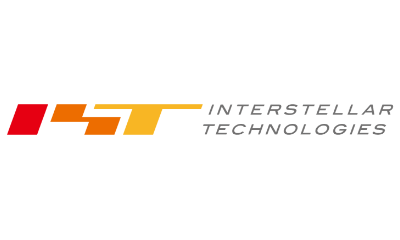
Interstellar Technologies Inc.
We independently develop and manufacture the sounding rocket "MOMO" and the microsatellite launch vehicle "ZERO". In 2019, we launched "MOMO F. 3" and reached outer space for the first time in Japan as a rocket developed and manufactured by a private company alone.
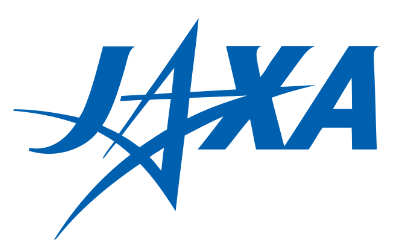
JAXA(Japan Aerospace Exploration Agency)
In 2008, JAXA signed a cooperation agreement with Taiki Town and defined Taiki Aerospace Research Field in Multipurpose Aviation Park. A wide range of experiments have been conducted, including scientific balloon experiments, aeronautical technology experiments, Hayabusa2 laser altimeter experiments, and HTV small re-entry capsule experiments.
-
Research and Development of Pilot Situational Awareness Support System (SAVERH-PRO2)
October 10th to 28th, 2022
-
High μ rotor flight demonstration
September 20th to October 1st, 2022
-
Kite control test for aerial wind power generation
September 5th to 9th
-
Drop experiment of parafoil for airborne capture from a helicopter
July 23rd to 25th, 2022
-
Drop experiment from MMX-SRC helicopter
July 18th to 22th, 2022
-
Research on automatic flight and mission performance improvement technology for small unmanned aerial vehicles
May 26th to June 3rd, June 26th to July 1st, August 3rd to 11th, November 5th to 15th, 2022
-
Balloon experiment
May 16th to August 26th, 2022
-
Improving Safety and Convenience of helicopters - Flight experiments on obstacle detection
October 12th to November 4th, 2021
-
Flight experiment of the Situational Awareness and Visual Enhancer for Rescue Helicopter (SAVERH)
October 12th to November 4th, 2021
-
LIDAR EM performance verification test onboard the Martian Moons Exploration (MMX)
September 6th to 10th, 2021
-
Research on automatic flight and mission performance improvement technology for small unmanned aerial vehicles
June 16th to 27th, July 4th to 11th, October 6th to 15th, 25th to 29th, 2021
-
Balloon experiment
May 17th to August 25th, 2021
-
Balloon experiment
June 22nd to September 11th, 2020
-
Flight experiment of the Situational Awareness and Visual Enhancer for Rescue Helicopter (SAVERH)
October 13th to November 5th, 2020
-
Improved safety and convenience of helicopters
October 25th to October 31st, 2020
-
Research on automatic flight and mission performance improvement technology for small unmanned aerial vehicles
October 26th to November 8th, 2020
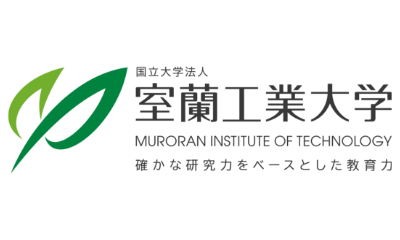
Muroran Institute of Technology
"We have made a great contribution to comunity development on space in Taiki Town, such as joint research with Interstellar Technologies Inc. and experiments at the Hokkaido Spaceport. In March 2020, a comprehensive cooperation agreement was signed with Taiki Town with the aim of contributing to the development of local communities, human resource development, and academic promotion. In addition, we are planning to build a full-scale high-speed running track with a total length of 3000 m as a research experimental facility to be installed in the Spaceport."
-
Experiment of small supersonic unmanned experimental airplane "Owashi Type.2"
November 21st to 28th, 2022
-
Experiment of small supersonic unmanned experimental airplane "Owashi Type.2"
November 20th to 27th, 2021
-
Experiment of small supersonic unmanned experimental airplane "Owashi Type.2"
November 7th to 16th, 2020
-
Experiment of small supersonic unmanned experimental airplane "Owashi Type.2"
November 16th to December 7th, 2019
-
Experiment of small supersonic unmanned experimental airplane "Owashi Type.2"
November 28th to December 2nd, 2018
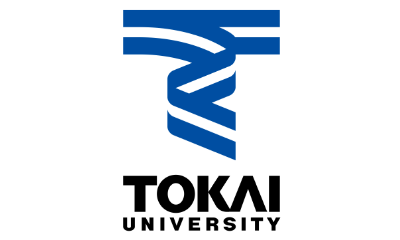
Tokai University
TSRP (Tokai Student Rocket Project) was established in 1995 with the aim of training future space engineers and providing them a place to build their own rockets from scratch in a low-cost way.
-
Hybrid rocket launch experiment
February 27th to March 2nd, 2023
-
Spatial Optical Communication and Atmospheric Fluctuation Measurement Experiment
August 15th to 19th, 2022
-
Hybrid rocket launch experiment
February 28, 2018 to March 7, 2018
-
Hybrid rocket launch experiment
February 27, 2017 to March 7, 2017
-
Hybrid rocket launch experiment
February 28, 2016 to March 7, 2016

Mitsubishi Heavy Industries, Ltd.
Flight tests were conducted in Taiki Town to obtain flight performance data on helicopter-type unmanned aircraft in cold climates. The flight performance data and knowledge gained in the cold environment is expected to be utilized to accelerate the development of drones for social implementation in the future.
-
Cold weather flight test of unmanned aircraft
January 31st to November 3rd, 2022
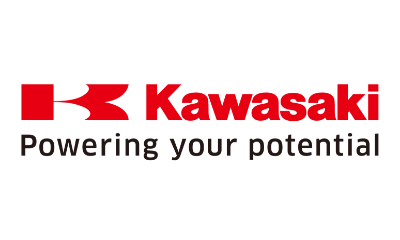
Kawasaki Heavy Industries, Ltd.
Aiming to increase the speed of helicopters, which are technically limited in the conventional type, we conducted a flight test using the unmanned compound helicopter "K-RACER" and demonstrated the technology. In the 2020 test, stable flight by autonomous control was confirmed.
-
Flight test of unmanned compound helicopter "K-RACER"
July 6th to July 17th, 2020
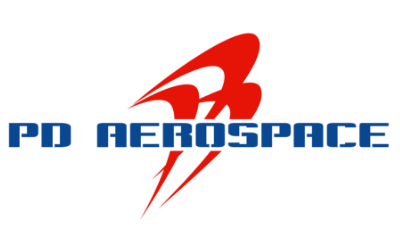
PD AeroSpace. LTD.
We are developing a space plane that takes off and landing from the runway. Since 2016, we have been conducting flight tests in Taiki town for the technical demonstration and practical application of the world's first jet combustion mode / rocket combustion mode switching engine.

SoftBank Corp.
For the purpose of early rescue of victims in snowy mountains and mountainous areas, we conducted an outdoor demonstration experiment using our uniquely improved drone wireless relay system. In an experiment conducted in 2018, it was confirmed that the location of the smartphone can be identified without depending on the mobile communication operator to which the victim subscribes.
-
Demonstration of high-altitude moored balloon base station using footprint fixing technology
April 21st to May 20th, 2022
-
Demonstration experiment of wireless relay system for disaster countermeasures
April 19th to April 25th, 2018
-
Mooring balloon experiment for disaster countermeasures
May 9th to May 13th, 2016

NTT Advanced Technology Corporation
High altitude flight test of drone was conducted in 2021. The test is being conducted to confirm flight feasibility within the troposphere (upper limit of thunderclouds) and flight performance up to 10 km altitude for the development of drones to be used for lightning induction and lightning observation, as well as to collect data for creating a flight plan within thunderclouds.
-
High-altitude drone flight test
July 12th to 14th, 2021

Hokkaido University
Hokkaido University and local Uematsu Electric Co., Ltd. developed CAMUI type hybrid rockets and conducted many launch experiments in Taiki Town. An innovative combustion method, in which liquid oxygen and hot combustion gas repeatedly collide with solid plastic resin, attracts worldwide attention as inexpensive and highly safe small rockets without explosives.
-
Two-stage CAMUI type hybrid rocket launch experiment (with Uematsu Electric)
April 14, 2016
-
Supersonic flight experiments (with Uematsu Electric)
2013.3.29,2012.7.28,2007.8.4
-
Subsonic flight experiment of ejector rocket small research model (with JAXA)
March 13th to March 16th, 2009

Electronic Navigation Research Institute
Research and development of a runway foreign object monitoring system that automatically detects foreign objects on the runway is being conducted to improve the safety and usage efficiency of runway.
Evaluation test of the millimeter wave radar in 2021 was conducted , which is the main sensor of the runway foreign object monitoring system, to obtain detection results by changing the installation height of the millimeter wave radar and the position and angle of the foreign object, and accumulate data that will serve as a standard for installation at airports.
-
Performance evaluation test of runway foreign object monitoring system
August 23rd to 27th, 2021
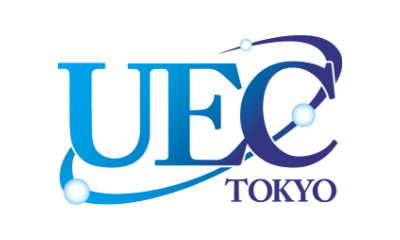
The University of Electro-Communications
A wide variety of research projects on unmanned aerial vehicles (UAVs), which can be expected to be used from the air in the event of a disaster, have been paid a lot of attention in recent years. Prof. Kazuo Tanaka and his team, Department of Mechanical and Intelligent Systems Engineering, Graduate School of Informatics and Engineering, The University of Electro-Communications, Tokyo, Japan, are designing and testing smart UAV systems via a recent-proposed theory for nonlinear control systems design and analysis. They have been carrying out a large number of flight mission experiments using the smart UAVs in Taiki, Hokkaido, Japan, over the last decade.
-
Small UAV autonomous flight control experiment
April 21st to May 9th, Agust 16th to September 9th, 2022
-
Small UAV autonomous flight control experiment
April 22th to May 9th, Agust 6th to 31st, 2021
-
Small UAV autonomous flight control experiment
September 10, 2020 to September 27, 2020
-
Small UAV autonomous flight control experiment
April 26th to August 27th, 2019
-
Small UAV autonomous flight control experiment
April 28, 2018 to August 17, 2018

Navicom Aviation Corporation
Since 2018, we have been conducting flight experiments using Iridium communication and small aircraft in Taiki-cho,Hokkaido. The airborne map display device "NMS-01S" is a specification-approved product of the Civil Aviation Bureau of the Ministry of Land, Infrastructure, Transport and Tourism, and is used in firefighting and disaster prevention helicopters nationwide. Many of our employees have licenses, and the pilots themselves design, manufacture, and conduct flight tests, aiming to create products that are easier to use and more reliable.
-
Communication experiments on new equipment for aircraft
July 11th to 14th, September 30th to October 1st, 2022
-
Flight test of aircraft-mounted video transmission equipment and motion management system by Iridium Certus
July 11th to 15th,2022
-
Flight test of a video transmission device for aircraft and a new user interface for dynamic management
August 2nd to 6th,2021
-
Experiment of application for movement management system cooperation and function experiment of additional map information
July 22nd to 26th,2019
-
Iridium Push-To-Talk communication outdoor test
September 9th to 14th,2018